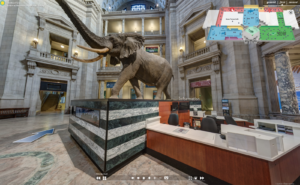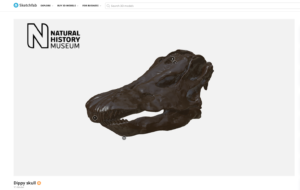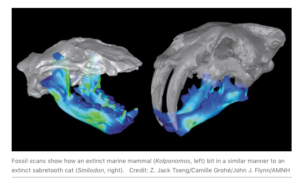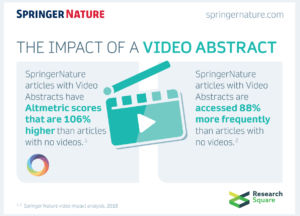In these days fossils are becoming the new Hollywood stars as we are more and more pushed to use new -or sort of new- approaches for disseminating paleontology which pass through a screen. Technology is providing us with several ways to reach homes, colleagues throughout the world, or classrooms to share our research. The EGU General Assembly meeting itself will be online in 2021.
Popular museums and historic sites are using social media to bring people tours, educational content, and activity ideas for kids while they are closed due to COVID-19. In particular, many museums offer virtual tours to some of their exhibits (for example joining the #MuseumFromHome movement).
In paleontological research studies it’s now common to scan fossils in 3D. This is not just to view their surfaces, but also to deduce internal structures using X-ray computed tomography, which can reveal the contours of a skeleton embedded in the rock, the dimensions of a skull’s brain case or the internal pathologies (you can read more at https://www.nature.com/articles/d41586-019-00739-0). Researchers also share 3D models of excavation sites and footprints, generated from 2D photographs using a technique called photogrammetry. Virtual fossils are becoming more and more indispensable in some studies.The world’s most popular website for virtual fossils, MorphoSource, holds in excess of 62,000 data sets from more than 7,300 species. Its creator says that “the larger the reservoir of data that people have access to, the more sophisticated and powerful analyses they can do”. What about you?Would you use such database and share your data on Palaeo-platforms?
Virtual tours of fossil exhibitions and 3D model database are not the only way to find out more on fossils in the web. Peer reviewed science is promoting video abstracts to communicate research outcomes. Does anyone have ever tried that? Several journals are now offering this opportunity to authors as an accompanying feature for research articles that should attract viewers to the scientific paper. Nature says that “publication is not the end result of a research project – it’s now time to communicate and disseminate your findings further!” and provides advices on how to produce a video abstract. What do you think? Would it be a good way to circulate your paleontological discoveries?
Would you like to be on screen to maximize your visibility?





